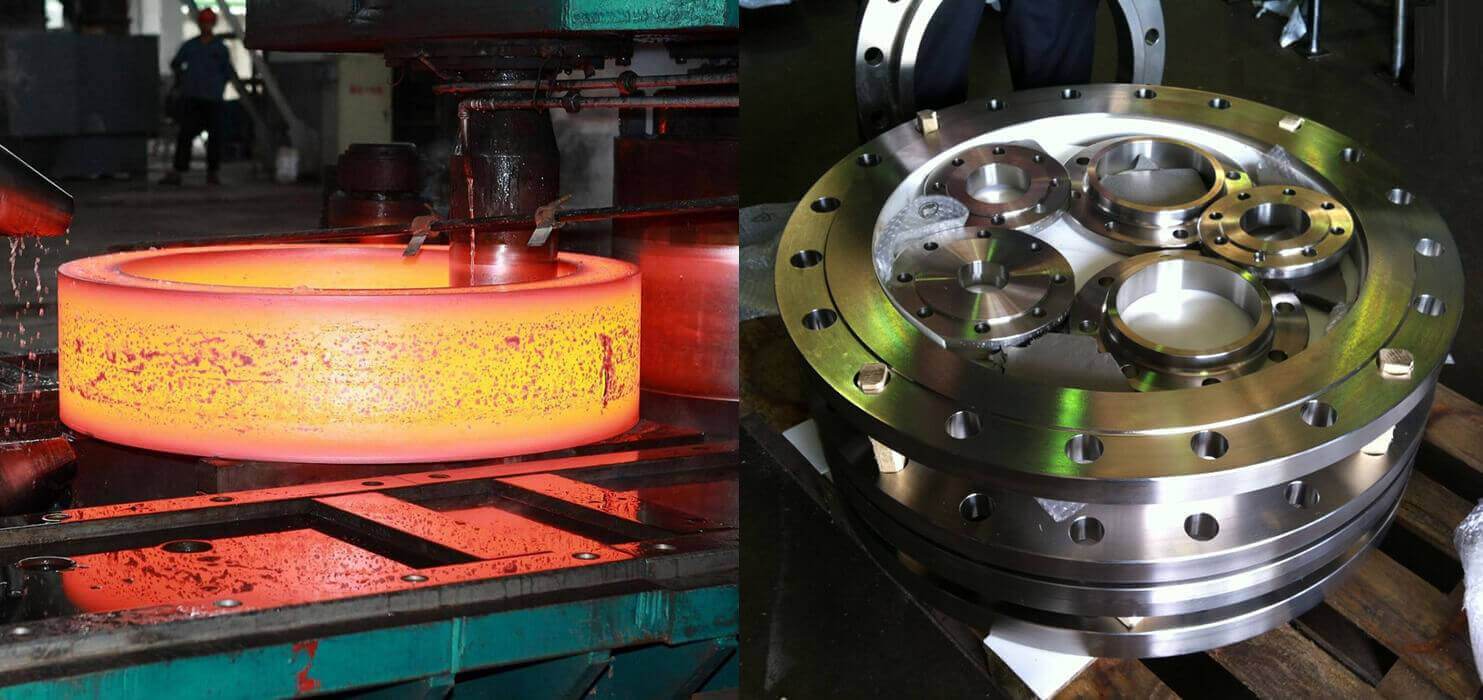Stainless steel 304L flanges are integral to various industrial applications, offering excellent corrosion resistance, durability, and versatility. Whether in the oil and gas, chemical processing, or food and beverage industries, selecting the right 304L flanges is crucial for ensuring optimal performance and longevity of your piping systems. In this buying guide, we’ll explore key factors to consider when purchasing stainless steel 304L flanges.
Understanding Stainless Steel 304L:
Stainless steel 304L is a low-carbon variation of the popular grade 304 stainless steel, known for its exceptional corrosion resistance and weldability. The “L” in 304L stands for “low carbon,” which minimizes carbide precipitation during welding, reducing the risk of intergranular corrosion. This makes 304L an ideal choice for welding applications or exposure to corrosive environments.
Factors to Consider When Buying Stainless Steel 304L Flanges:
- Flange Type:
- Weld Neck Flanges: Provide excellent structural integrity and are suitable for high-pressure and high-temperature applications.
- Slip-On Flanges: Easy to install and cost-effective, ideal for low-pressure applications.
- Blind Flanges: Used to close off piping systems or vessels, preventing the flow of fluids.
- Socket Weld Flanges: These are designed for small-diameter piping systems and provide good sealing capabilities.
- Threaded Flanges: Screwed onto the pipe, suitable for low-pressure applications where welding is not feasible.
- Flange Size and Pressure Ratings:
- Ensure that the flange size and pressure ratings meet the requirements of your piping system, considering factors such as operating pressure, temperature, and flow rate.
- Refer to industry standards such as ASME B16.5 for dimensions and pressure-temperature ratings of stainless steel flanges.
- Flange Face Finish:
- Based on your application’s sealing requirements, choose between raised-face, flat-face, or ring-type joint (RTJ) flanges.
- Raised face flanges provide better sealing performance, while flat face flanges are suitable for non-metallic gasket applications.
- Material Traceability and Quality Assurance:
- Ensure that the stainless steel 304 flanges are manufactured from high-quality materials with full traceability to the mill.
- Verify compliance with relevant industry standards and certifications, such as ASTM A182 for stainless steel flanges and ASME Boiler and Pressure Vessel Code (BPVC) for pressure equipment.
- Corrosion Resistance:
- Stainless steel 304L offers excellent resistance to corrosion in a wide range of environments, including acidic, alkaline, and chloride-rich environments.
- Consider additional surface treatments or coatings for enhanced corrosion resistance, especially in harsh operating conditions.
- Supplier Reputation and Support:
- Choose a reputable supplier with a proven track record of delivering quality stainless steel flanges and providing excellent customer support.
- When selecting a supplier, evaluate factors such as lead times, technical expertise, and after-sales service.
Conclusion:
Selecting the right stainless steel 304L flanges is essential for ensuring the reliability and performance of your piping systems. By considering factors such as flange type, size, pressure ratings, material quality, corrosion resistance, and supplier reputation, you can make informed decisions that meet your specific application requirements. With proper selection and installation,SS 304L flanges can provide years of trouble-free service in various industrial applications.






